For decades, there has only been one way to wash a vehicle – with soap and a mitt. We now have some new options to safely wash a vehicle. That begs the question: what’s the difference between a rinseless wash and waterless wash?
A waterless wash comes in a spray bottle and is applied to a dry panel, then wiped with a towel. A rinseless wash is mixed into a bucket of water – it allows you to wash the car like normal with the only exception being that it can be wiped off without needing a rinse with a hose.
Traditional Vs Rinseless Vs Waterless Wash
There are 3 popular ways to wash your vehicle – a traditional (or 2-bucket) wash, a rinseless wash, and a waterless wash. Here’s how they compare:
Traditional Wash
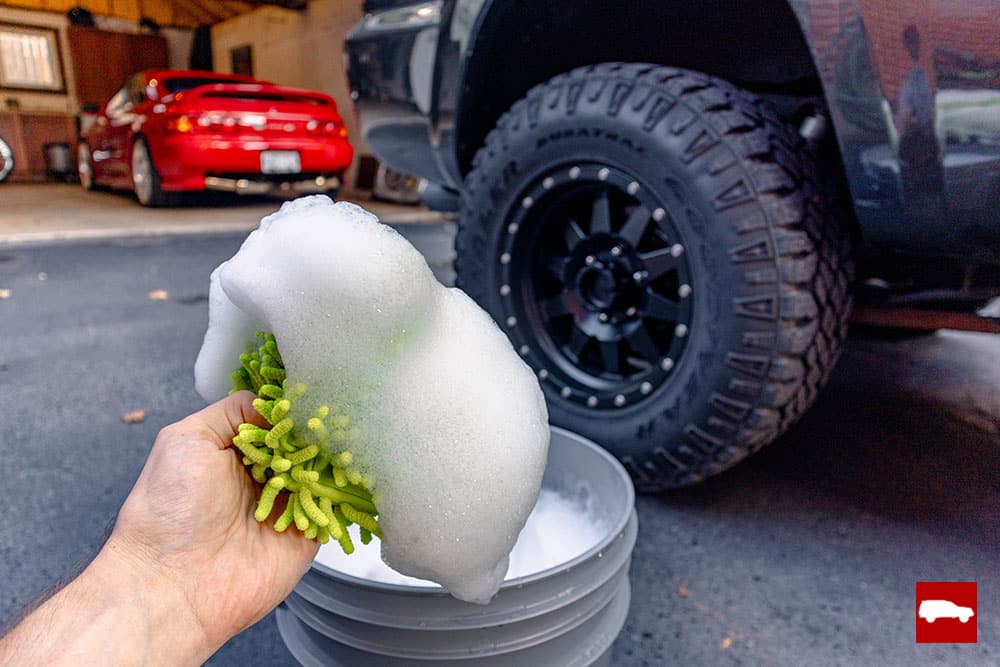
First off, we have the tried and true traditional wash with car soap. This is still the most common of the bunch.
You start by rinsing any loose dirt off the vehicle with a hose (some people will add an extra step and use a foam gun here). Then, using 2 buckets (one with soap, one with clean rinse water) you wash the remaining dirt off.
To avoid swirls, marring and scratching, you should use this “2 bucket” method – dip the wash mitt in the soap, wash the panel, dip the mitt in the rinse bucket, then return back into the soap bucket to start the next panel.
Once you’ve worked your way spiraling around the car from top to bottom, you need to dry it. Some will blow it dry with compressed air but most will use a soft towel along with a drying aid or spray wax to eliminate leftover soap residue and water spots.
I still use this method for extremely dirty vehicles and vehicles with very soft paint.
Rinseless Wash:
This is often confused with the waterless wash but that is absolutely incorrect. Why is that? Because we actually do use water.
So why bother doing this over a traditional wash? Well, there’s many reasons. We use WAY less water. Rarely more than 2 gallons in a single bucket to be exact.
It’s a simpler process; one product, one bucket, no hose, and no drying aid. It can also save you a lot of time.
This is a very effective and SAFE way to wash your vehicle, despite what some people may tell you. Rinseless washing is perfect for areas with water usage bans, apartment complexes, and cleaning your vehicle in the winter.
This is my go-to option for less dirty vehicles, vintage cars, motorcycles, and ceramic coated vehicles (I explain that one in this post).
Waterless Wash:
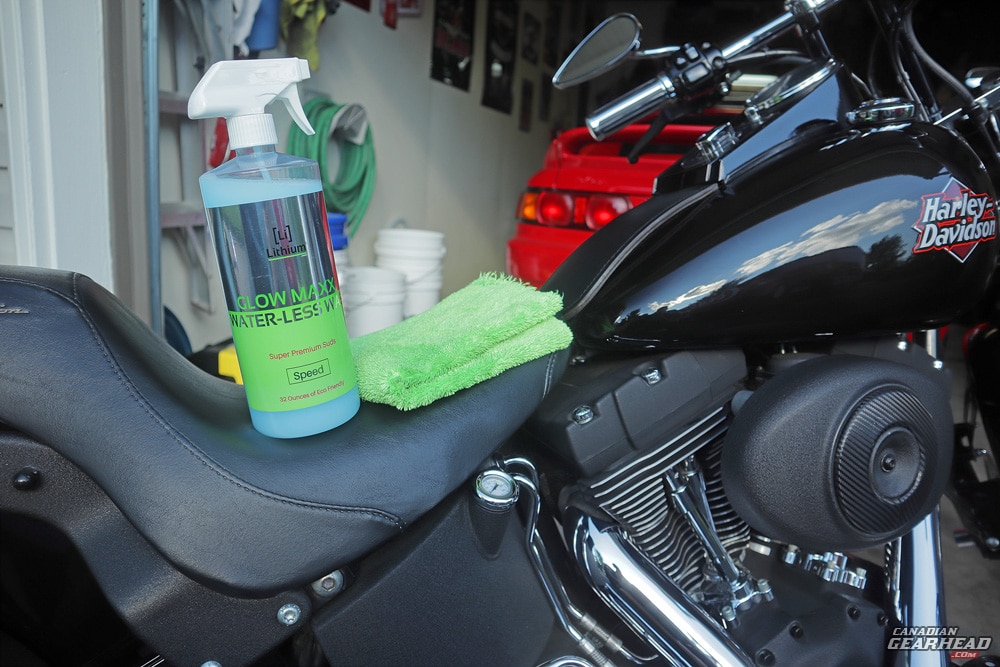
In my opinion, the waterless wash is the black sheep of the 3. These products are more like a detail spray and despite their claims, are not safe to use on anything other than a slightly dusty car.
You simply mist the product onto the surface and wipe it with a dry towel. I don’t care what kind of technology this magical product has in it – wiping dirt across a relatively dry surface WILL cause scratches, swirls, and marring.
Don’t let those guys with aerosol cans at the gas station or the car show demonstrate this stuff on your paint unless it’s already scratched and beat up.
The safest part about the rinseless wash is actually the process not the product and there’s just no way to use a safe process with a waterless wash.
I don’t do waterless washes at all. I’m not confident in their safety, and I’m not willing to take the chance on the properly polished paint on all of my vehicles. I can perform a rinseless wash just as quickly and without any risk.
My process for rinseless washing:
I don’t necessarily follow the directions on the bottle every single time. I owe a great deal of my preferred process to Garry Dean. He’s a pro detailer down in Florida as well as the originator of the Detail Juice line of products.
He developed what is known across the internet as the “Garry Dean Wash Method” and from my experience, it is the best rinseless wash technique.
There are 2 main differences between other rinseless wash methods and this one. The addition of a pre rinse solution in a spray bottle and the use of multiple microfiber towels instead of a single wash mitt or a sponge.
On that note, I can’t say I’m a fan of the Big Red Sponge. I honestly haven’t tried it, and I don’t want to.
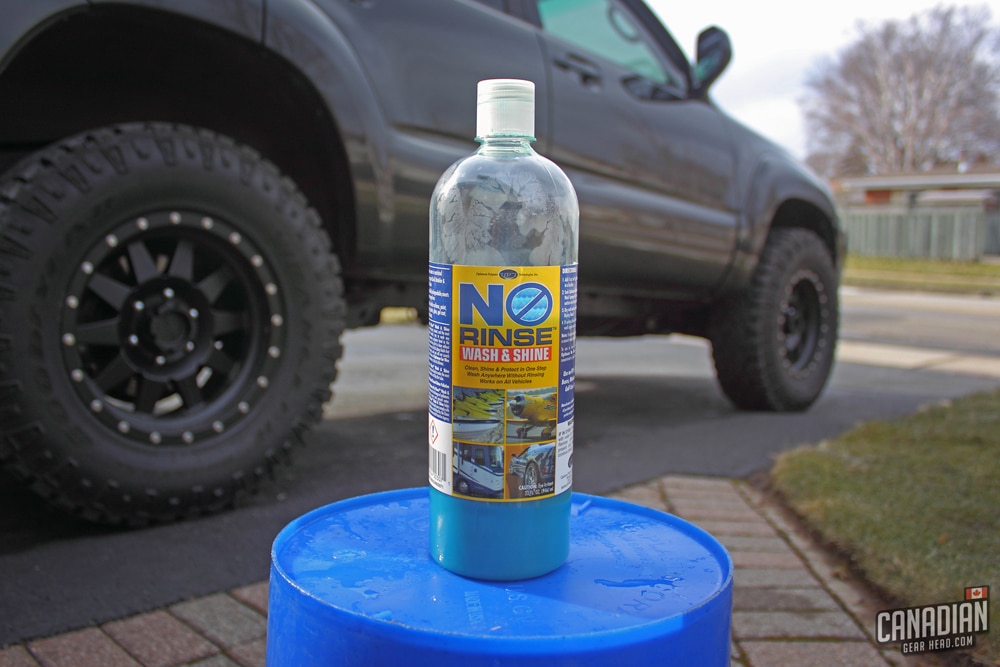
They always say to “trust the science”, and normally I do, but in this case, I’m just not comfortable with the idea. I’m normally not the type of guy to knock something without trying it though, so at some point I’ll have to give it a shot.
The reason I feel that this is the safest procedure is because of the amount of lubrication, as well as the limitation of contaminants being sent back into the bucket.
Spraying the panel down with the pre rinse solution and using soaking wet towels is what makes this so safe. By constantly flipping to clean sides of the towel, you aren’t dragging dirt across the surface any more than a traditional wash.
Yes, you will go through a few microfiber towels. But I’ll choose doing a bit of extra laundry over scratching my car any day. I find that 4 towels is enough to do most normal sized vehicles usually so it’s really not bad.
Rinseless Vs Waterless Wash: The Choice Is Yours
Now you know the differences between these three wash procedures as well as their benefits and risks. Feel free to come to your own conclusion in regards to which way is the best.
Some people may think that their vehicle doesn’t feel as clean after a rinseless wash, while others may think that a traditional wash is a waste of water. Do whatever you’re comfortable with.
Remember, saving time is never worth scratching your paint. Always use common sense when washing your car. If you think something might not be safe, revert back to the traditional wash.
Regardless of which method you prefer, make sure you enjoy yourself. Many of us find washing a car just as relaxing and therapeutic as a trip to the shrink. The more often you wash your car, the easier it is to clean. So get out there and spend some quality time with your pride and joy!

Tim is the creator of Canadian Gearhead. His experience with auto detailing and working for Toyota shows through all of the articles posted here. He runs the Canadian Gearhead site and YouTube channel full-time now and currently owns a 2007 4runner, 2006 Tacoma, and 1991 MR2. Read more about Tim:
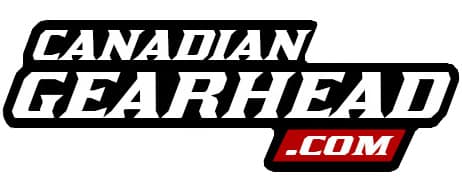
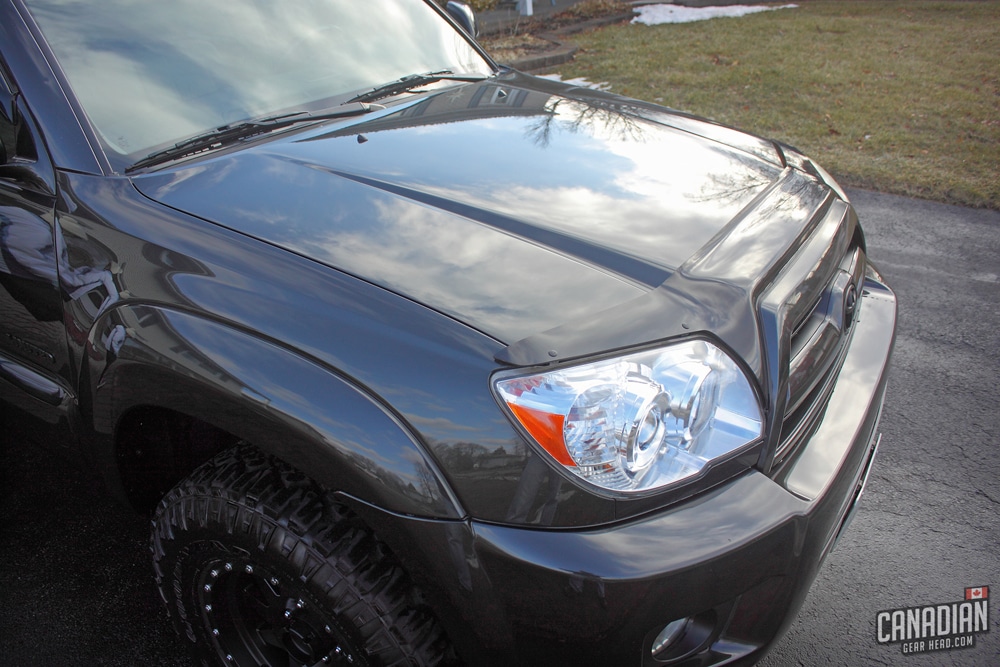

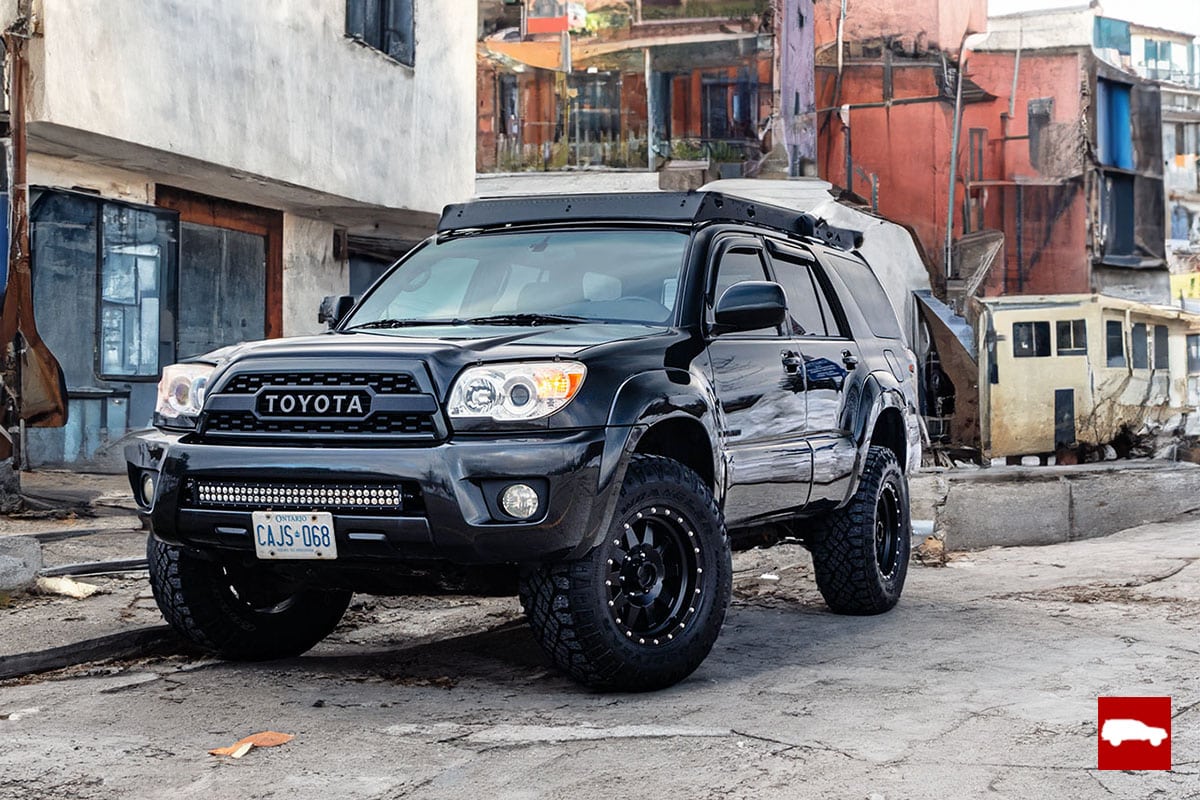
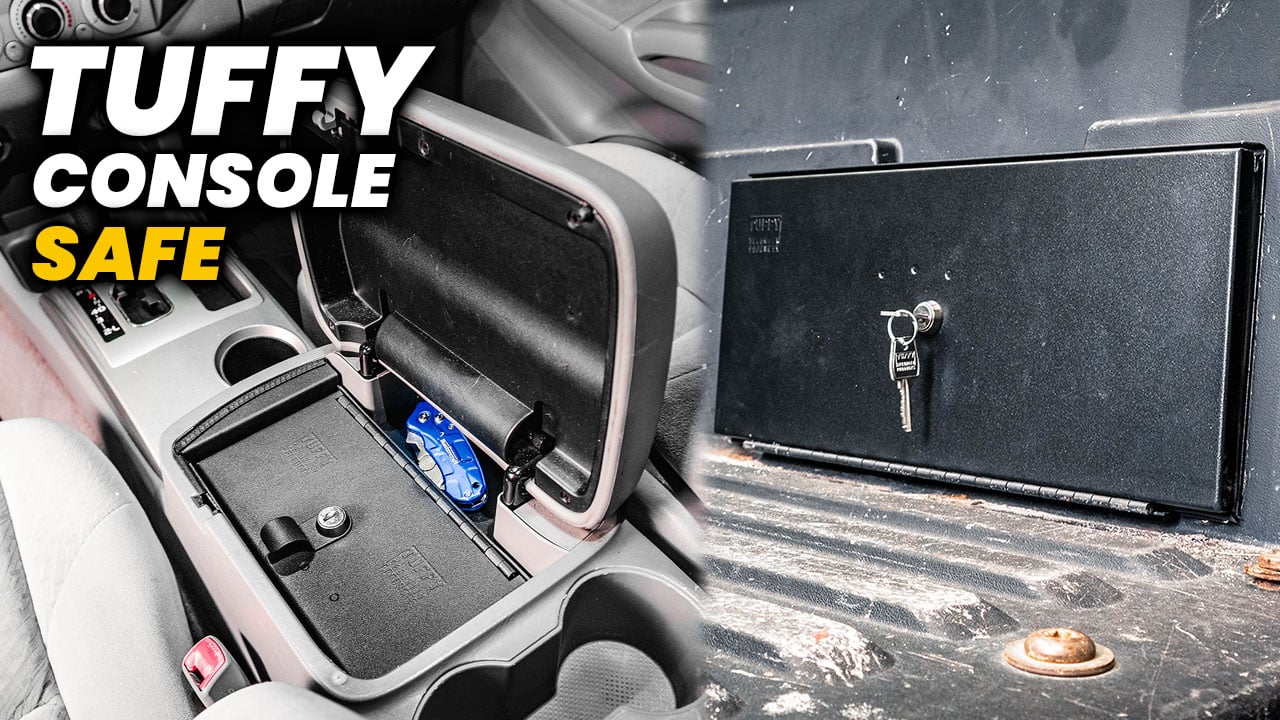
Leave a Reply